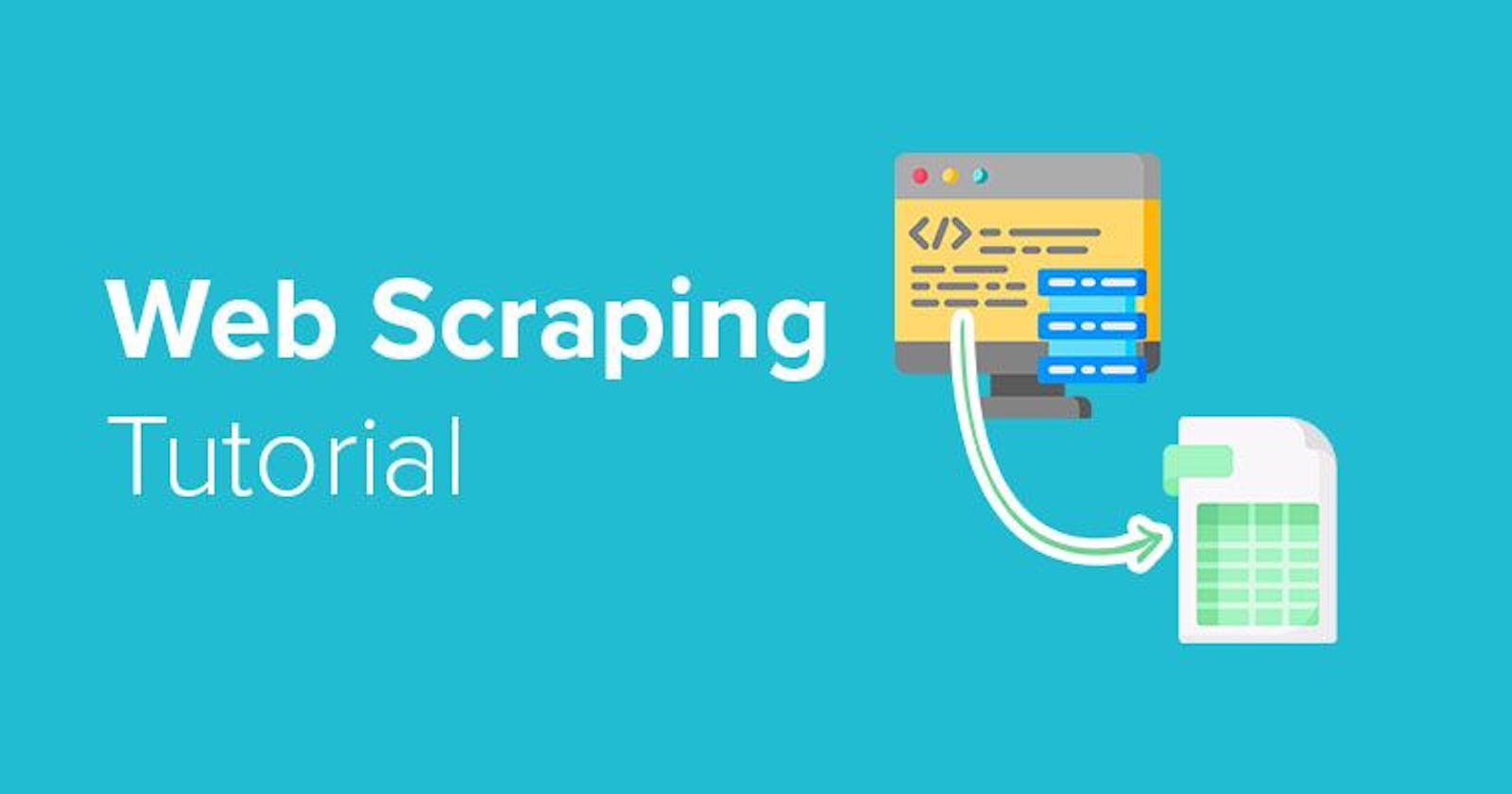Scraping and Importing Listings into WordPress: A Step-by-Step Guide
Scraping and Importing Data into WordPress: Streamlining Content Integration
Introduction: Are you looking to automate the process of importing listings from external websites into your WordPress site? In this article, we'll explore how to scrape listings data from any site and seamlessly import it into your WordPress site. By harnessing the power of web scraping and WordPress's flexibility, you can streamline your content creation process and enhance your website's offerings. Let's dive into the step-by-step guide!
- Understanding Web Scraping:
Overview of web scraping and its applications
Legal and ethical considerations for web scraping
- Identifying the Target Site and Listing Structure:
Choose the site from which you want to scrape listings
Analyze the HTML structure of the site and identify the relevant elements for scraping
- Setting Up the Development Environment:
Install PHP and a local development server
Configure necessary PHP extensions for web scraping
- Writing the Scraping Script:
Use PHP libraries like Simple HTML DOM Parser or cURL to fetch and parse the HTML content
Implement selectors or XPath expressions to extract listing data from the target site
- Cleaning and Formatting Scraped Data:
Process the scraped data to remove unwanted elements, clean up the formatting, and ensure consistency
Use regular expressions or string manipulation functions in PHP for data refinement
- Importing Listings into WordPress:
Set up a custom post type in WordPress to store the imported listings
Write a PHP script to insert the scraped data into the WordPress database programmatically
- Automating the Scraping and Importing Process:
Create a cron job or schedule the scraping script to run periodically
Implement error handling and logging mechanisms for a smooth automation
- Enhancing the Imported Listings:
Use WordPress plugins or custom coding to enrich the imported listings with additional metadata, images, or custom fields
Customize the display and layout of the imported listings using WordPress theme templates or page builders
- Legal and Ethical Considerations:
Respect website terms of service and robots.txt guidelines
Avoid excessive scraping that can impact the target site's server performance
Here's a simplified example to demonstrate how to scrape data from a website and insert it into a WordPress site using PHP:
Step 1: Scraping the Data
Let's assume we want to scrape a website that lists books and extract their titles, authors, and descriptions.
<?php
// Include the PHP Simple HTML DOM Parser library
include 'simple_html_dom.php';
// URL of the target website
$url = 'https://example.com/book-list';
// Create a DOM object and load the HTML content from the website
$html = file_get_html($url);
// Initialize an empty array to store the scraped data
$books = array();
// Find the book elements on the page and extract relevant data
foreach ($html->find('.book-item') as $bookElement) {
$title = $bookElement->find('.book-title', 0)->plaintext;
$author = $bookElement->find('.book-author', 0)->plaintext;
$description = $bookElement->find('.book-description', 0)->plaintext;
// Store the scraped data in an associative array
$bookData = array(
'title' => $title,
'author' => $author,
'description' => $description
);
// Add the book data to the array
$books[] = $bookData;
}
// Clean up memory
$html->clear();
// Display the scraped data
print_r($books);
?>
Step 2: Importing Data into WordPress
Now that we have the scraped data, we can import it into our WordPress site by creating custom post types and programmatically inserting the data.
<?php
// Include the WordPress core file
require_once('wp-load.php');
// Loop through the scraped data and create new WordPress posts
foreach ($books as $book) {
// Create a new post object
$newPost = array(
'post_title' => $book['title'],
'post_content' => $book['description'],
'post_status' => 'publish',
'post_type' => 'book' // Assuming 'book' is a custom post type
);
// Insert the post into the database
$postId = wp_insert_post($newPost);
// Add custom fields for author information
update_post_meta($postId, 'author', $book['author']);
}
// Output a success message
echo 'Data imported successfully!';
?>
In this example, we first scrape the data using the PHP Simple HTML DOM Parser library. We find the relevant elements on the target website and extract the title, author, and description of each book. We store this scraped data in an array called $books.
Next, we include the WordPress core file and iterate through the $books array. For each book, we create a new post object with the relevant data and insert it into the WordPress database using the wp_insert_post() function. We also add a custom field for the author information using the update_post_meta() function.
Finally, we display a success message indicating that the data has been imported successfully.
Note: Make sure to adjust the code according to your specific use case, including the target website's structure, custom post types, and fields in your WordPress site.
Conclusion: By combining the power of web scraping and WordPress, you can automate the process of importing listings from any site into your WordPress site. This guide has provided a step-by-step approach to scraping listings data, cleaning and format it, and seamlessly importing it into your WordPress database. Remember to scrape responsibly, adhere to legal and ethical guidelines, and always obtain permission when required. Get ready to enrich your WordPress site with dynamic and up-to-date listing content!

